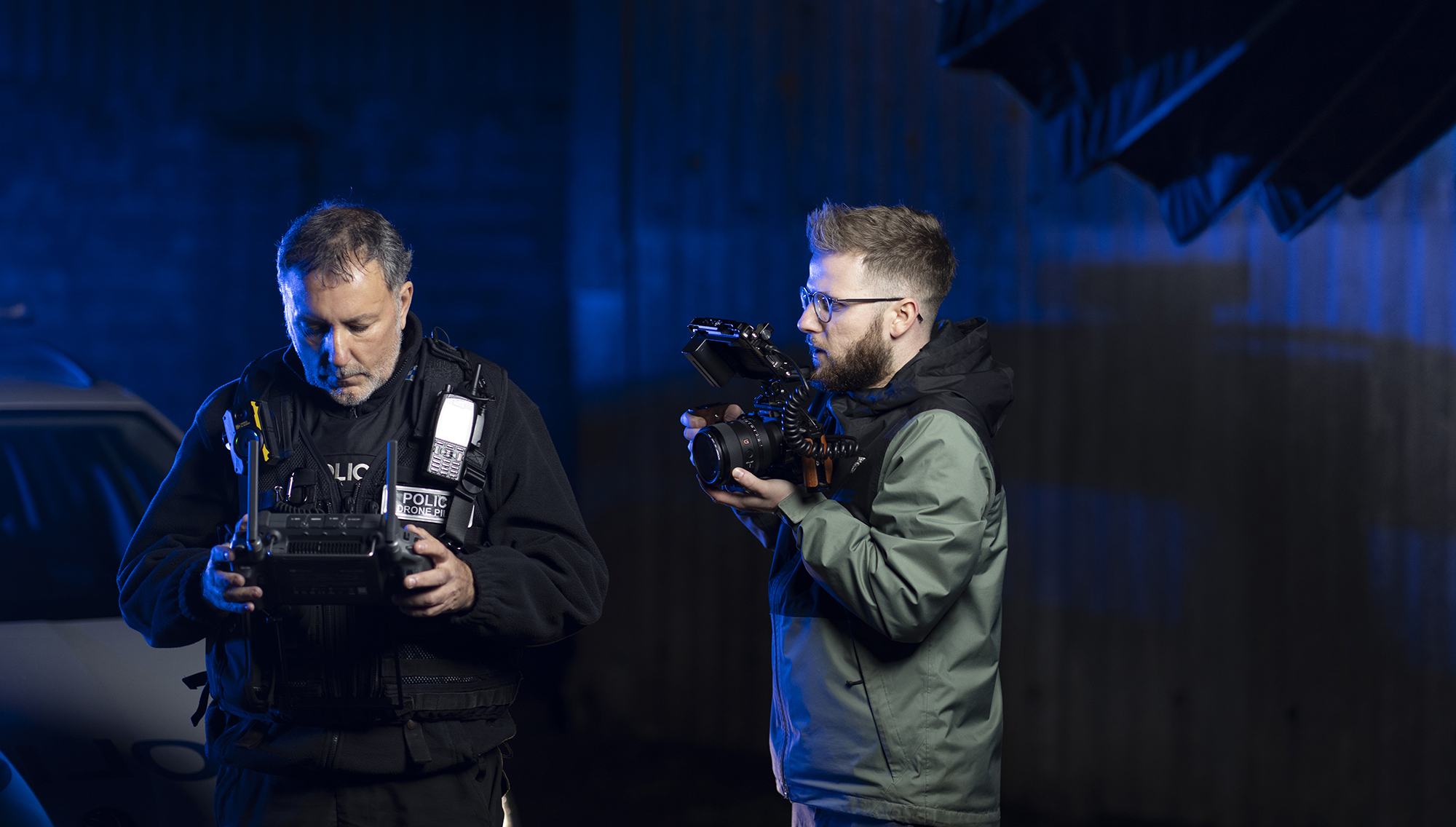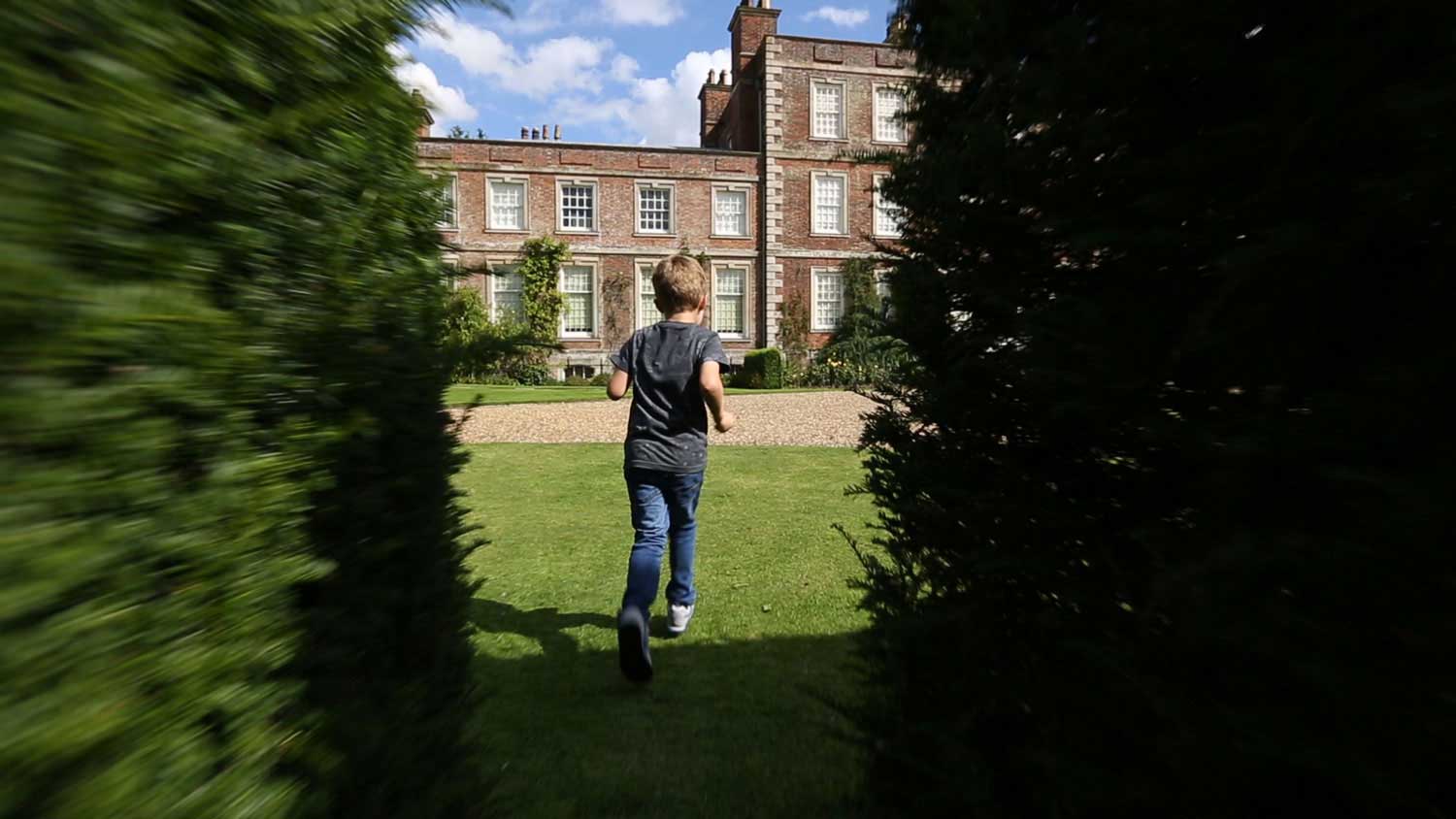Often a key component of a documentary or promotional film, interviews are a key tool in creating and structuring narrative. There are many factors to consider before the filmmaker chooses the set-up and location of an interview. These may be important technical decisions concerning sound, lighting or camera settings, but equally as important, is how and where you conduct an interview. This can make a huge difference to the meaning and understanding that the audience derives from it.
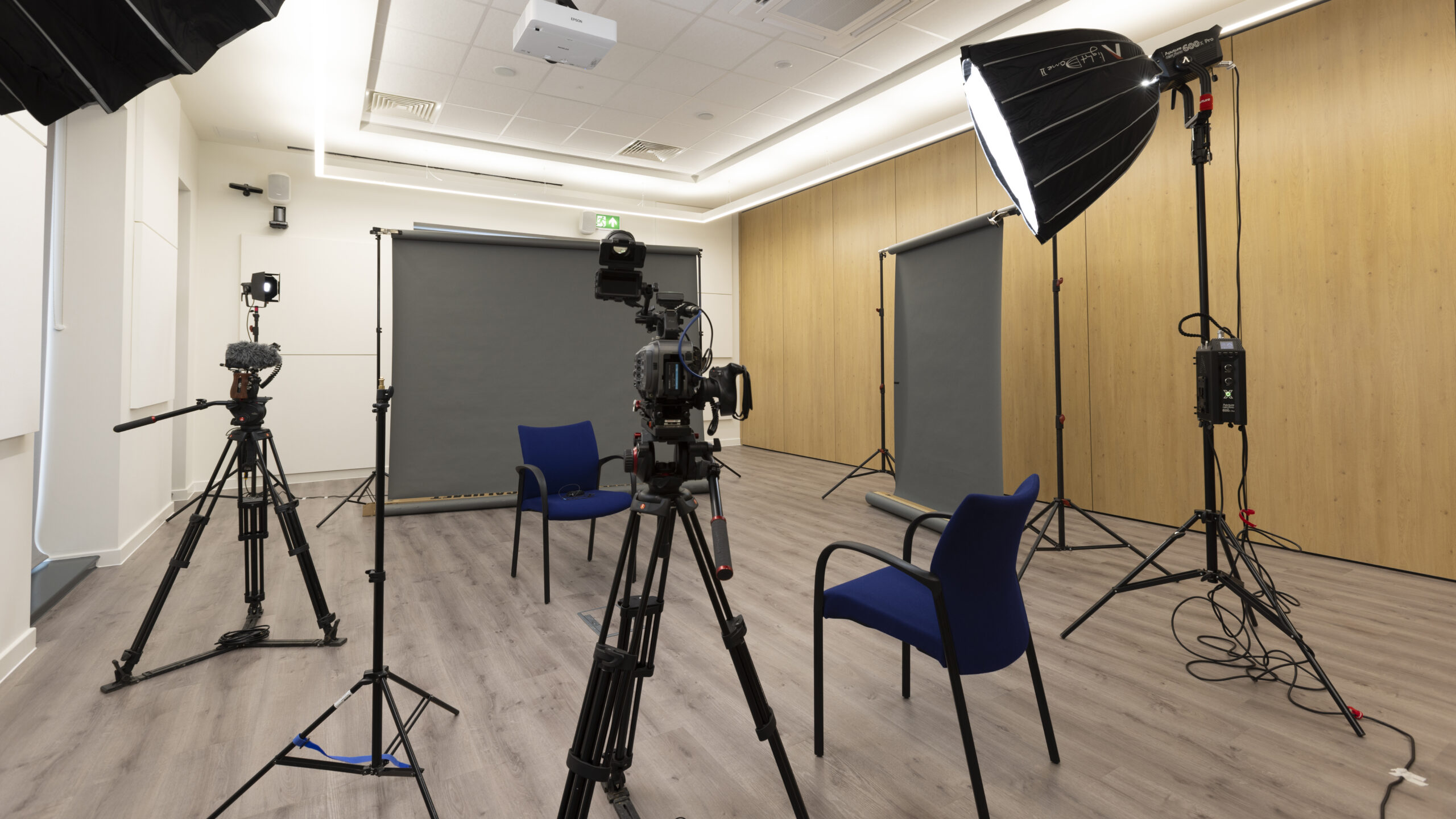
The Formal ‘Studio’ Interview.
Formal “sit down” interviews are a standard stock in trade of the documentary. These can be done on location or in a studio.
Interviews in a studio tend to be seen as being reflective in tone. Often, this is based on an assumption that the interviewee is speaking at a distance from the subject in question. This distance could be a physical distance from the location or event in question, but the formal interview setting also establishes that a length of time has passed since the topic being discussed. With this, an assumption is then made that the interviewee is speaking with a greater sense of reflection and context to what they are discussing.
These types of set-up are used for reflecting on long-term projects, interviews where depth and detail is required, or the subject is likely to become emotional and therefore a safe environment is needed. In these instances, the neutral space of the studio provides little visual distraction for the audience watching and gives the interviewee a calm and controlled space to think whilst the interview is underway. Counter to that though, the controlled artifice of a studio with the set-up of lights, backdrops and multiple cameras can, for some, result in greater nerves and intimidation than perhaps a more ad-hoc approach might. It is in these situations that the interaction between the filmmakers and the interviewee is key to allow those stresses and concerns to be minimised.
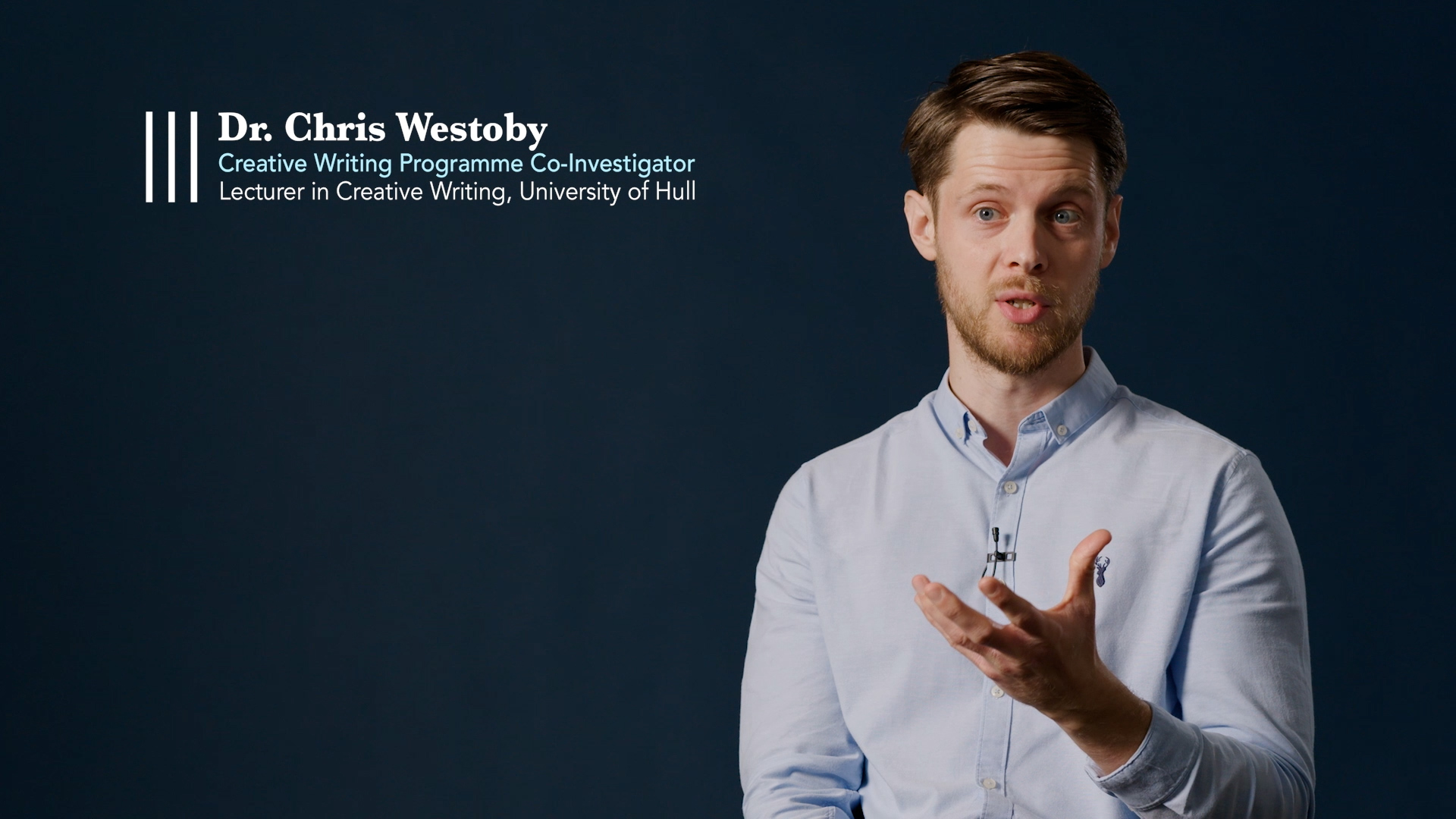
A formal interview at the University of Hull
Studios are, by their nature, controlled environments. Here lighting can be directed and controlled at will, and the absence of distractive ambient sounds, allows for the recording of ‘clean’ audio. In a studio, your backdrop could be of any colour, a dressed set or even a green screen when compositing work is required. A creative decision may even be made to foreground the filmmaking process and the studio itself then might become the backdrop.
The decision to shoot interviews in a studio environment may be for creative reasons but equally, it might be more effective when budgets or time scales are tight. A controlled environment means that you can line up interviewees back to back and record multiple interviews in a short space of time. A ‘studio shoot’ may not even use a purpose built studio, a temporary studio may be created on site with temporary backdrops and portable lighting in a large quiet room such as a conference room.
The Formal Location Interview.
An alternative to a studio environment would be the on location interview. This could be in any number of locations such as a factory floor, a laboratory, office or the interviewee’s home. By placing the interviewee in a setting like this, the filmmaker can visually give additional information to the viewer about the person and/or the subject of the film and give an insight into their character, personality and role.
The choice of location and backgrounds is inevitably a compromise between an ideal aesthetic that contributes to the narrative, and a desire for the environment to be controlled to the extent that the sound and visuals can be of the highest quality, and in the control of the filmmaker. In an observational documentary setting, an opportunity for a poorly lit interview in a noisy space may be taken as it provides the only way to capture a sense of authenticity and the emotion of the moment. Conversely, an interview with the CEO of a large company will not need that emotional weight and the aesthetic and production values will take greater precedence as they may reflect on the prestige of the company in question.
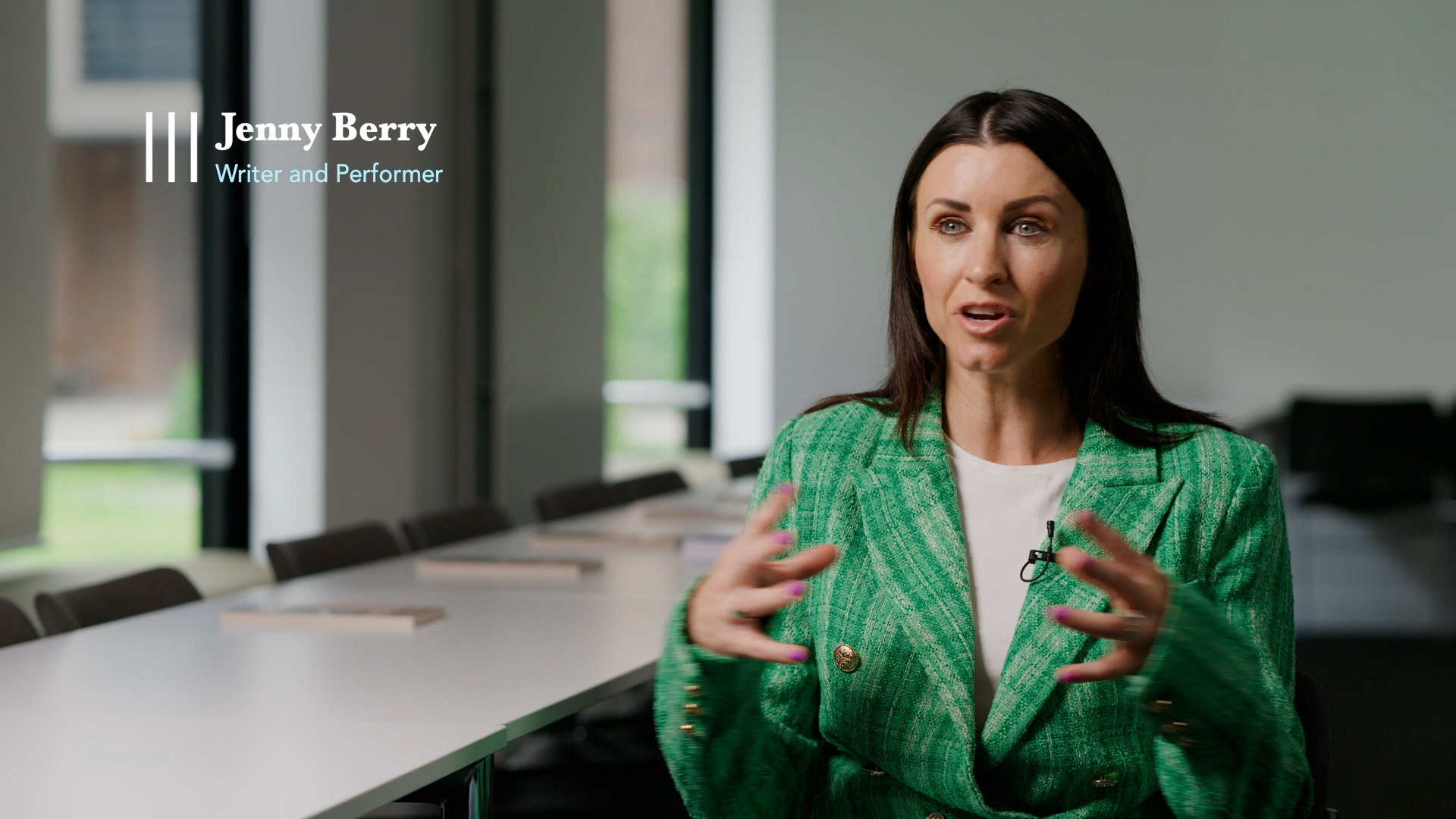
An on location formal interview with writer and performer, Jenny Berry
Vox Vops, ‘Active’ and Informal Interviews.
In addition to the formal interview, we can also consider an active or informal interview approach where the interview takes place during action involving the subject. This could be an interview conducted with a chef as she prepares food or an interview with a sculptor as he works on a new artwork. This approach is helpful as visually it is stimulating for the viewer and can also be a helpful method for interviewees who feel a lack of confidence in front of the camera. The task in hand helps form a buffer between the subject and the camera. For the subject the task at hand gives them a focus that they are comfortable with and in command of, thus making the situation less intimidating. For the viewer however, the buffer acts to enhance our understanding of the subject rather than becoming a barrier.
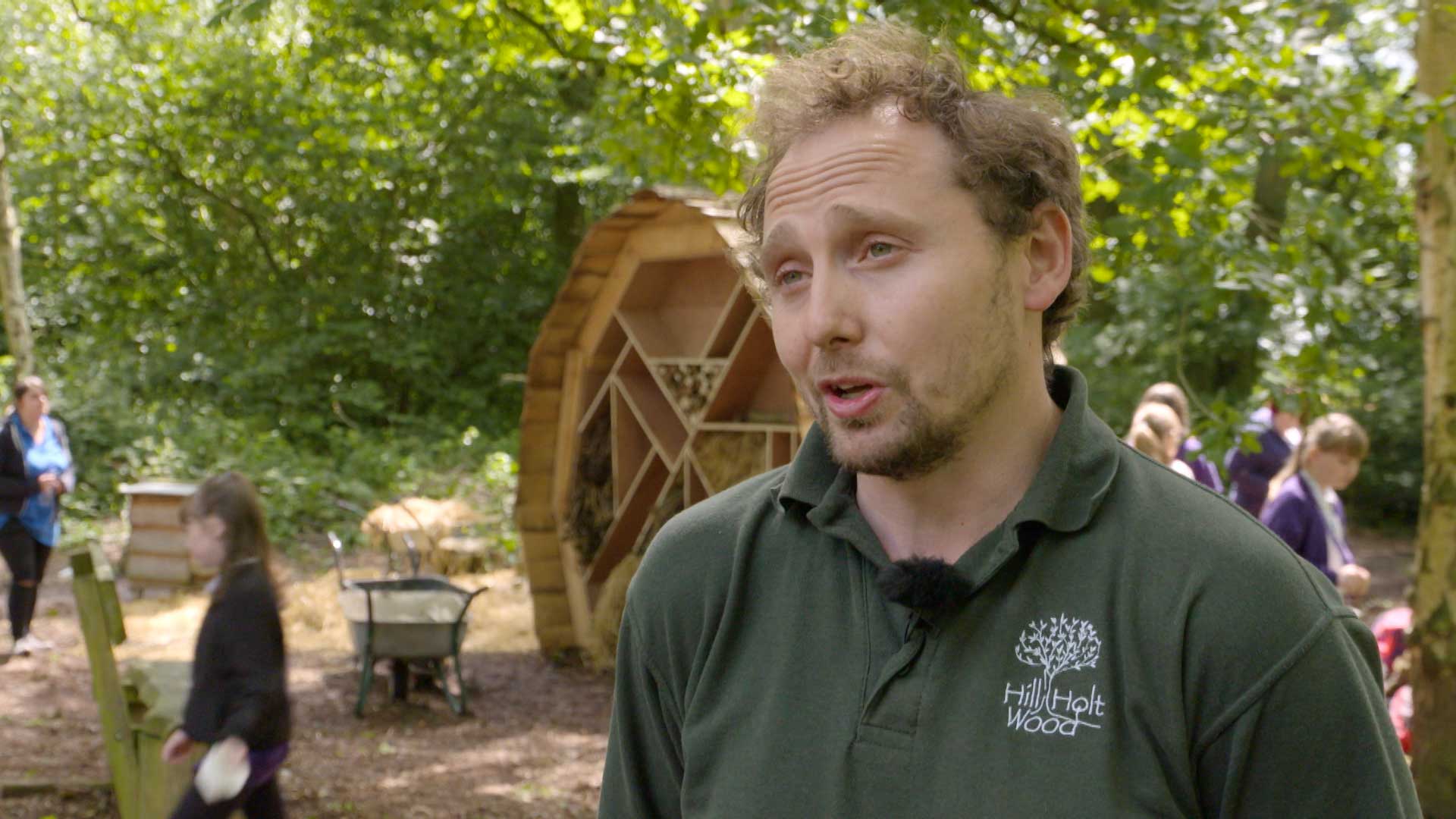
An informal interview from our Freedom Trail film.
Impromptu interviews, such as on the street “Vox Pops”, or spontaneous questions thrown at somebody in a location, produce responses with an inherent feeling of realism and honesty. As an audience we are used to these types of interviews from news broadcasting as a way of quickly getting an idea of opinion from “the person in the street”. These can be used to great effect for event films or anything where you wish to capture an immediate spontaneous response or evaluation. Whilst there is still a decision making process of where and when to film these, they are still much less bound by technical considerations and thus rougher in appearance and style – all of which adds to the authority of the testimony.
With all this in mind you can see that filming an interview is not just a question of putting a camera in front of someone but many considerations need to be taken into account before you even start rolling. Next time you watch a documentary consider the interview set ups, what they are, why they have been chosen and how they help to convey meaning.
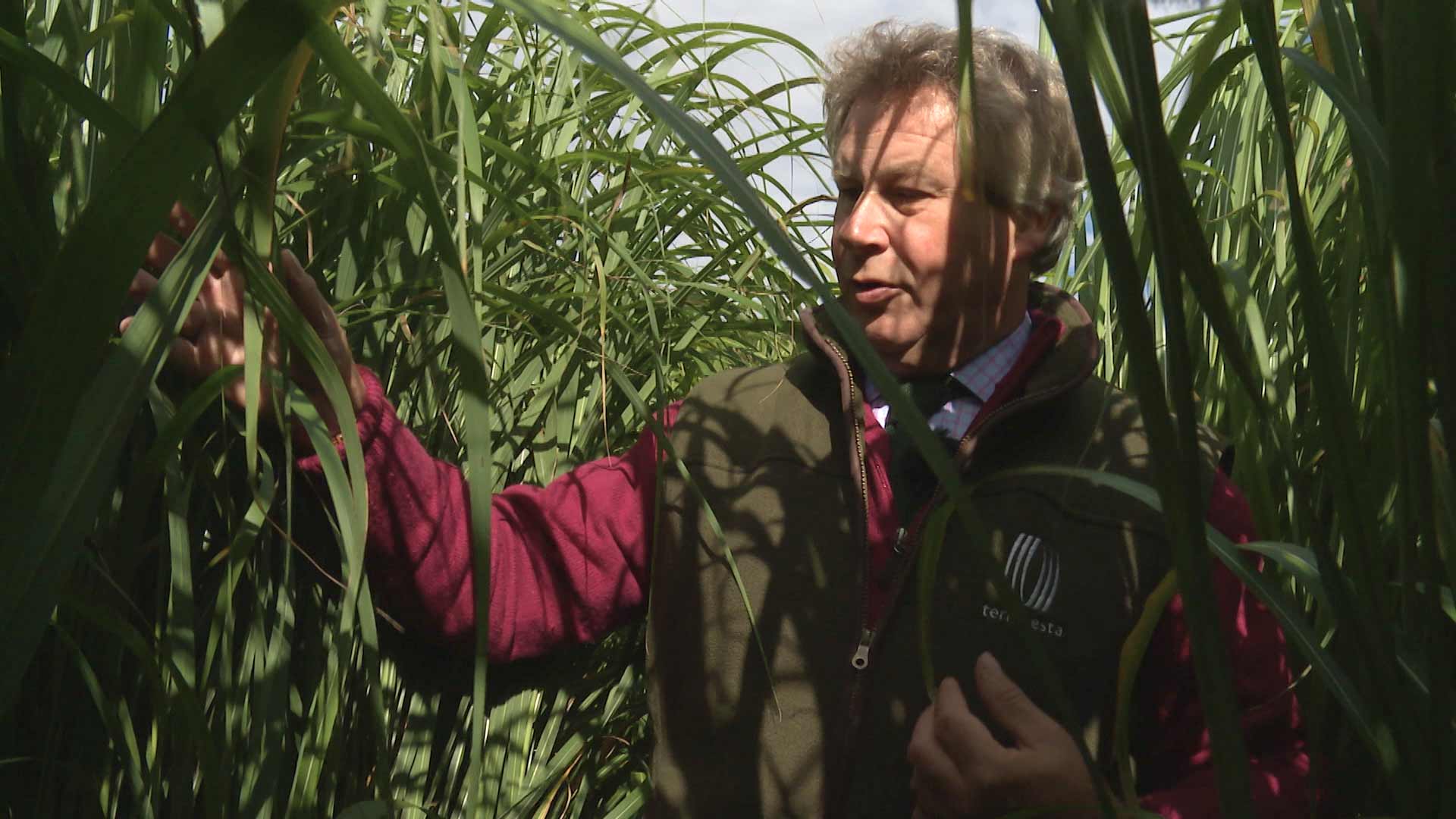
An active interview taking place amidst the Miscanthus crop


